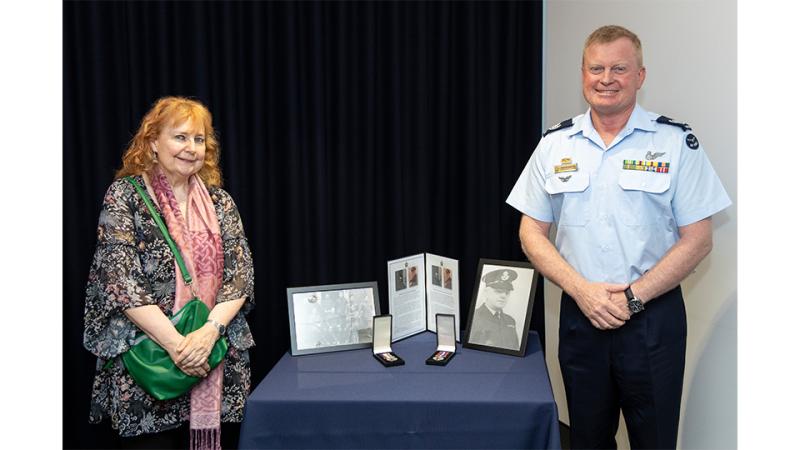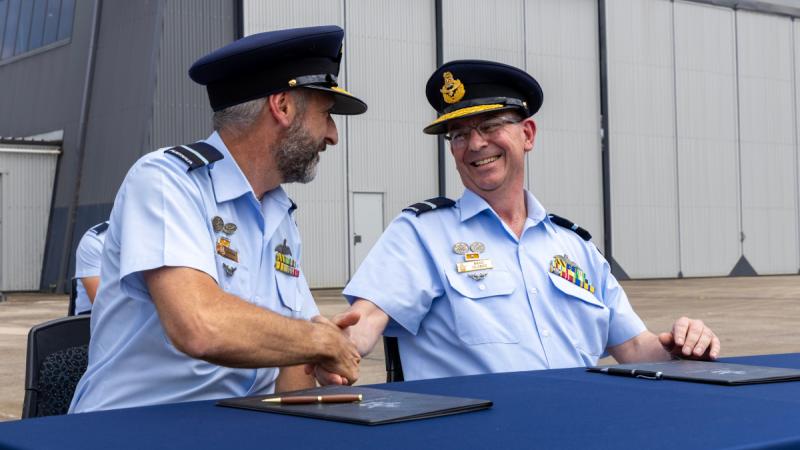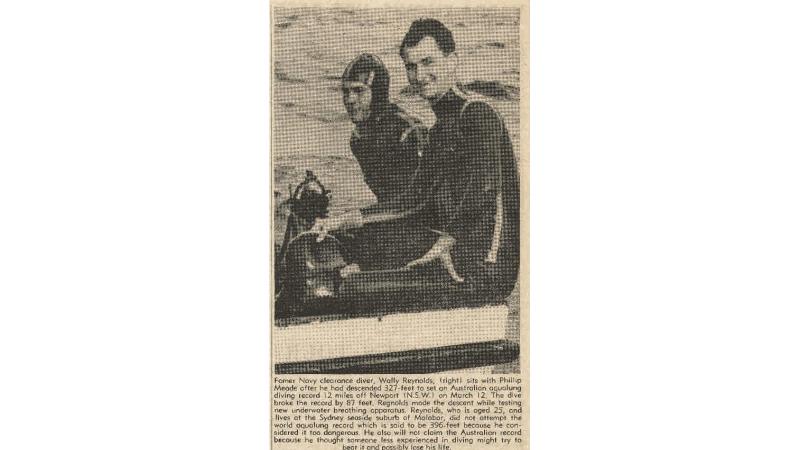25 September 2025
By his own admission, there has been a lot of yelling and running around in the past six weeks at Puckapunyal.
But for School of Artillery Bombardier Sean Dermody, being a gunnery instructor to bring trainees up to field-level grade 1 qualification has been one of the most rewarding chapters of his career.
“It’s rewarding because basically we get them from the ground up, just coming from [1st Recruit Training Battalion] Kapooka and off some recent courses,” Bombardier Dermody said.
“Building that up to the culminating phase of their basic training, being the live-fire component, seeing them live-fire the gun for the first time and seeing it all come together is a very rewarding job.”
Instructors are the backbone of the Land Domain Training System (LDTS), preparing soldiers and teams for war and upholding and developing the principles behind Army’s world-class training and education reputation.
The training is threat-informed and aligned to the needs of Army and the nation it serves.
The importance and distinction that comes from being an instructor, mentor and role model for the next generation of soldiers is not lost on Corporal Stefan Prinsloo.
'It’s rewarding because basically we get them from the ground up.'
He recognises it’s about training, maintaining and advancing professional knowledge to impart to trainees, but he sees it also enhancing his own career with new leadership and personnel management skills and platform competency, particularly when new ones come into service, such as the Abrams M1A2 SEPv3.
“This will develop my knowledge and will grow me as an NCO [non-commissioned officer], so after this I can possibly go down to tactics and be a tactics instructor, then ultimately after that post back to a unit as a troop sergeant,” Corporal Prinsloo said.
School of Armour’s Sergeant Lukas Charles said aside from the satisfaction of seeing trainees qualify, being an instructor had driven him to the highest standard of teaching LDTS demands and set his own career up for success.
“At the end of the day, this is where I wanted my career to go and what I wanted it to look like,” Sergeant Charles said.
“Three years in an instructional role is a good amount of time. I did the first year as a corporal and two years as a sergeant to really develop that lesson delivery and educational side. It has provided me with management skills and given me greater technical expertise, all of which has helped set me up for assuming the role as a troop sergeant.”


